The Error Code: Status_Access_Violation pops up unannounced, often stemming from mismanaged code, and leaves users scratching their heads. Whether it’s an outdated browser version or a heap of extensions bogging down Chrome, the frustration is real. Typically it is known to plague Chromium-based browsers like Google Chrome and Microsoft Edge and disrupts browsing sessions worldwide.
In this article, we’ve compiled a comprehensive guide to troubleshooting the Error Code: Status_Access_Violation. So, let’s get on with it.
Quick Fixes to Try First
Before we dive into the nitty-gritty of troubleshooting, let’s explore some handy workarounds reported by users that may provide a quick solution:
- Close and Restart Chrome: Sometimes, a simple restart can work wonders. Give it a shot and see if it clears up the error.
- Refresh, Refresh, Refresh: Hit that refresh button as your Chrome may need a little nudge to get back on track.
- Reboot Your PC: A classic fix, give your PC a reboot and see if it helps shake off the error.
- Incognito Mode: Give Chrome’s Incognito mode a chance.
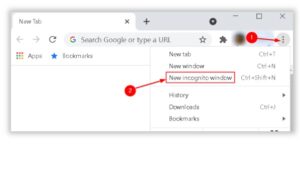
- Update Chrome: Ensure you’re running the latest version of Chrome. If not, it’s time to update.
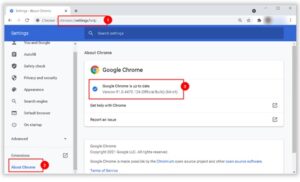
- Clear Cache and Cookies: Sometimes, Chrome’s memory gets a bit cluttered. Therefore, clearing your browsing data can help.

Advanced Fixes for Error Code: STATUS_ACCESS_VIOLATION in Google Chrome
If those quick fixes didn’t do the trick, it’s time to roll up our sleeves and get our hands dirty with some advanced troubleshooting:
Fix 1: Rename the Browser Executable
Some users found renaming Chrome’s executable file did the trick. Here’s how:
- Right-click on the Chrome icon and select “Open File Location.”

- Find the executable file named “chrome” and rename it to something else.

- Launch Chrome and see if it’s fixed.
Fix 2: Disable RendererCodeIntegrity Feature
This one’s a bit technical, but bear with us. To fix the error, you may need to disable the RendererCodeIntegrity feature in Windows 10. All you have to do is tweak some Windows settings to tackle this error head-on:
Method 1:
- Right-click on the Chrome shortcut on your desktop and select “Properties.”
- In the Properties window, navigate to the “Target” box. Add a space after the existing text and type “-disable-features=RendererCodeIntegrity.” and save your changes.
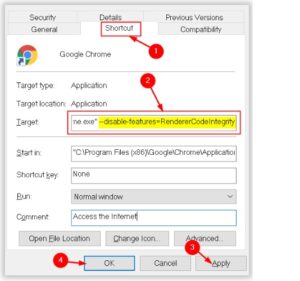
Method 2:
- Press the Windows key + R to open the Run dialog. Type “regedit” and hit Enter to open the Registry Editor.
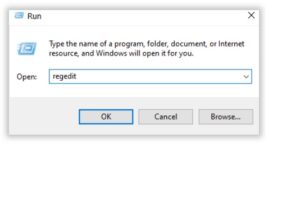
- Copy and paste the following location into the navigation bar: HKEY_LOCAL_MACHINE\SOFTWARE\Policies\Google\Chrome.
- Once you’ve reached the specified location, right-click, select “New,” and then “DWORD (32-bit) Value.”
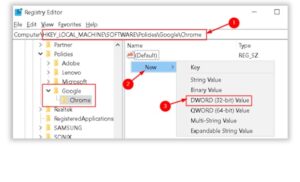
- Name the newly created item “RendererCodeIntegrityEnabled.”
- Double-click on the newly created item and set its value to “0” in the Value data field.
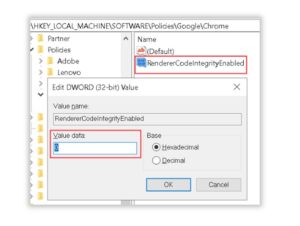
- Once you’ve made these changes, restart Chrome
Fix 3: Run a Memory Test
Sometimes, faulty RAM can wreak havoc on your system. Here’s how to check:
- Open Run dialog (Windows key + R) > type “mdsched.exe.” to open Windows Memory Diagnostic.
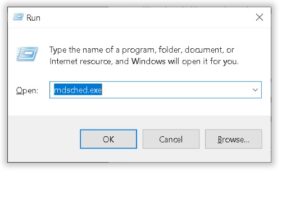
- Choose “Restart now and check for problems.”
- Check Event Viewer for any errors detected during the test.
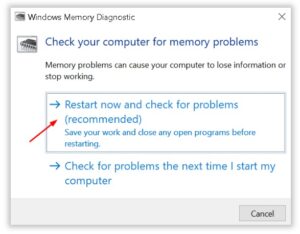
Fix 4: Copy Working Browser’s User Data
This one’s a bit of a hack, but hey, if it works, it works:
- Navigate to %LOCALAPPDATA%\Google in File Explorer.
- Copy the problematic browser’s folder and name it “Backup.”
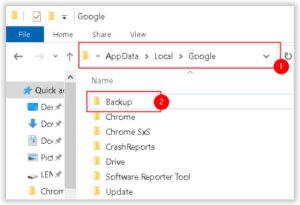
- Go to the working browser’s folder (e.g., %LOCALAPPDATA%\Google\Chrome) and copy the User Data folder.
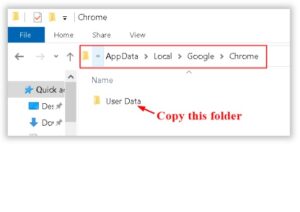
- Paste the User Data folder into the problematic browser’s folder and replace all files.

- In the Backup folder, go to User Data > Default and copy Bookmarks, Cookies, History, and Login Data.
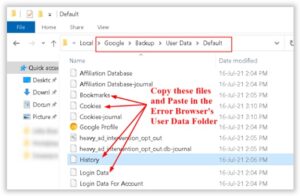
- Paste these files into the problematic browser’s folder.
- Open the browser and check if the error is fixed.
Fix 5: Run Chrome with Administrator Access
Here’s how to do this:
- Right-click the Chrome shortcut on your desktop and select Properties.
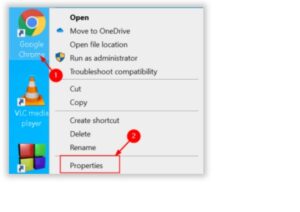
- In Properties, go to the Shortcut tab and click Advanced.
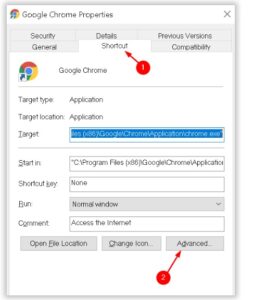
- Check “Run as Administrator” and click OK.
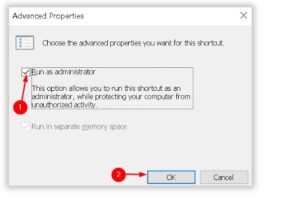
- Use the shortcut to launch Chrome with admin access.
- Replace any pinned taskbar shortcuts.
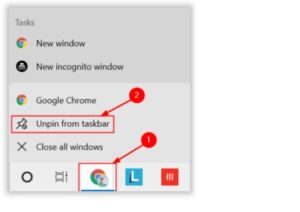
- Right-click the new desktop shortcut on the taskbar and select “Pin to Taskbar.”
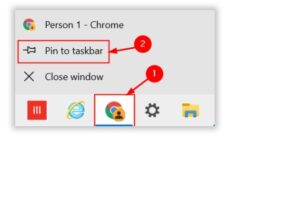
When All Else Fails
When all else fails, start fresh. You can uninstall Chrome from Programs & Features and download a stable version from Google’s website and reinstall. Another option is to switch things up and try Microsoft Edge or Mozilla Firefox until Chrome sorts itself out.






Leave a Reply